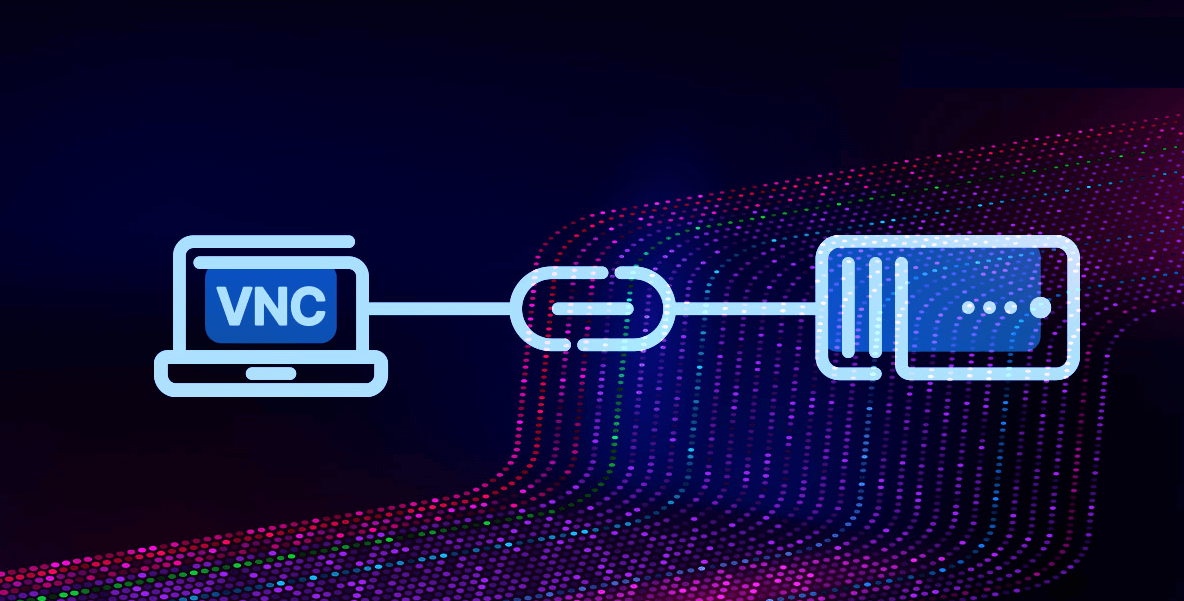In the dynamic world of remote desktop access, two prominent contenders vie for supremacy: Virtual Network Computing (VNC) and Remote Desktop Protocol (RDP). While both solutions aim to bridge the gap between users and their distant computers, they employ distinct approaches. Delving into the intricacies of VNC vs. RDP, one can unravel their unique attributes and determine which solution aligns most harmoniously with diverse connectivity needs.
Table of Contents
1. Understanding VNC: A Window to Remote Worlds
Imagine gazing through an enchanted window that offers a glimpse and grants control over a distant realm. Such is the essence of VNC. It captures the visual essence of a remote computer’s screen, transforming it into an understandable visual stream that your device can receive. It’s like peering through a magical portal to observe and manipulate the digital territory as if one were physically present. VNC extends a hand to enable seamless navigation and control over the remote computer, bridging geographical distances.
2. Unveiling RDP: Direct Entry into Remote Territory
Envision possesses a key that not only unlocks but instantaneously transports you into an alternate realm. This is the allure of RDP. It offers a direct gateway to the remote computer’s desktop, as though you were physically present in front of it. Every keystroke and mouse movement becomes a gateway to traverse this remote realm. RDP erases the physical distance, providing an immersive experience akin to a parallel digital dimension.

3. Performance and Speed: VNC’s Artistic Canvas vs. RDP’s Direct Route
Imagine VNC as an artist, carefully crafting a detailed canvas that impeccably reproduces the nuances of the remote screen. This meticulous attention to detail is reminiscent of admiring a meticulously painted masterpiece. However, this artistic touch occasionally translates to a slower response, especially over connections with limited bandwidth. On the other hand, RDP forges a more direct path, prioritizing swiftness and responsiveness. It’s akin to journeying on a well-maintained expressway that guarantees prompt arrival at your destination.
4. Security Measures: VNC’s Layered Protection vs. RDP’s Fortified Gates
Conceive your remote connection as a fortress protecting valuable data. VNC safeguards this fortress with a multi-tiered defense system, much like setting up multiple gates, each requiring a unique key for entry. This layered approach enhances security, safeguarding your data from unauthorized access. Conversely, RDP adopts a fortified gate strategy, bolstering its security measures to ensure impenetrability. Imagine an impregnable main entrance, admitting only those with authorized access credentials while deterring potential intruders.
5. Compatibility and Accessibility: VNC’s Versatility vs. RDP’s Integrated Path
ConnestWise states, “RDP users can’t share screens, which may be a deal-breaker for you, but that’s because the associated instruction sets don’t use much bandwidth. VNCs send and receive pixels that use more bandwidth. Because of this, VNC can be slower, which means RDP tends to perform better.”
Imagine your remote access solution as a bridge connecting two distinct realms. VNC, in this analogy, functions as a versatile bridge, spanning diverse devices and operating systems. It’s akin to a universal translator that facilitates seamless communication between varying languages. In contrast, RDP takes a more integrated path, seamlessly connecting Windows-based systems. It is a direct route between closely related territories, ensuring effortless communication within a shared ecosystem.
The choice between VNC and RDP hinges on individual requirements and preferences. VNC offers a rich and comprehensive visual encounter, while RDP prioritizes swift and direct access. Contemplate the performance, speed, security, and compatibility factors that resonate most profoundly with your needs. Just as a traveler selects a route aligned with their journey’s objectives, your decision between VNC and RDP will chart the course of your remote desktop access experience. It will facilitate traversing the digital landscape with efficacy and ease, unifying distant digital domains and making connectivity seamless.









